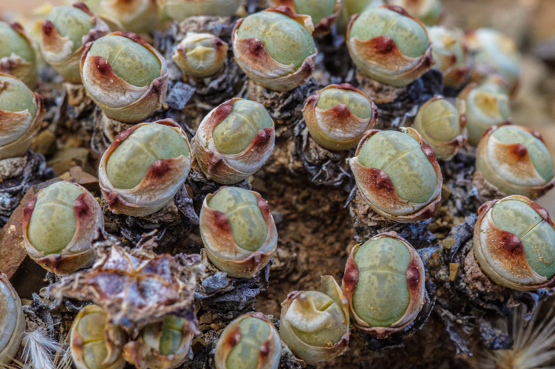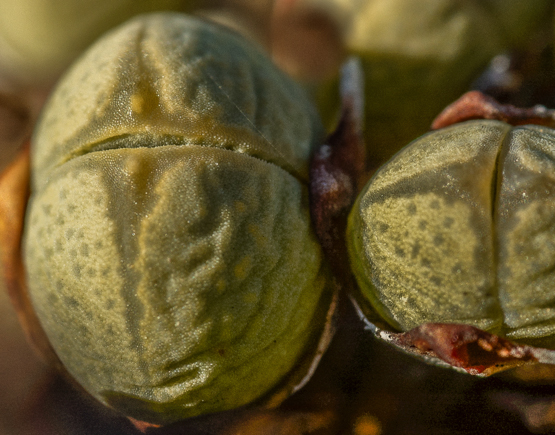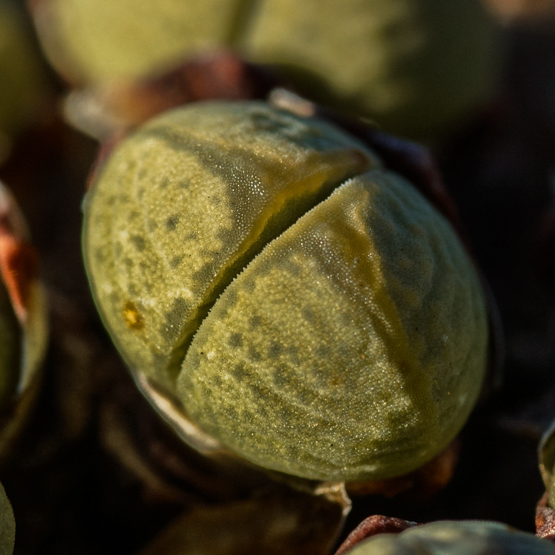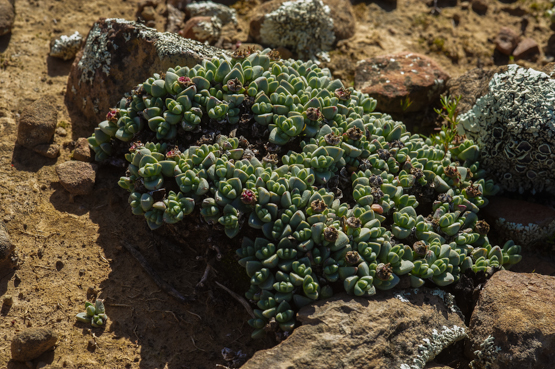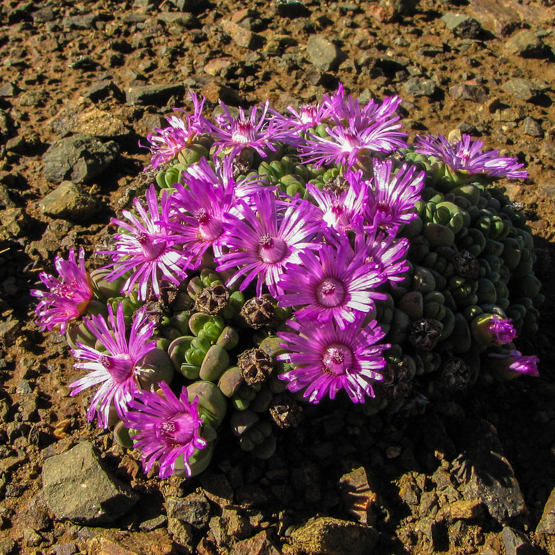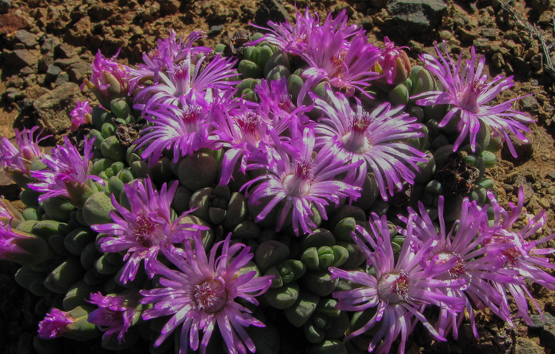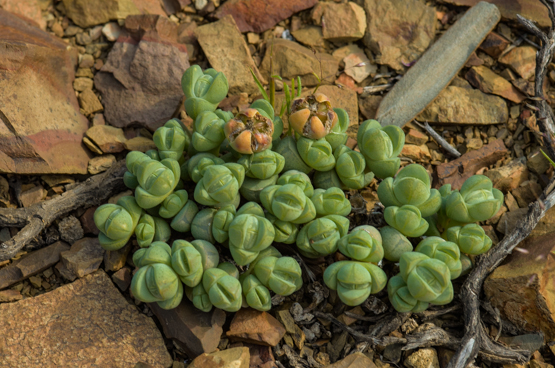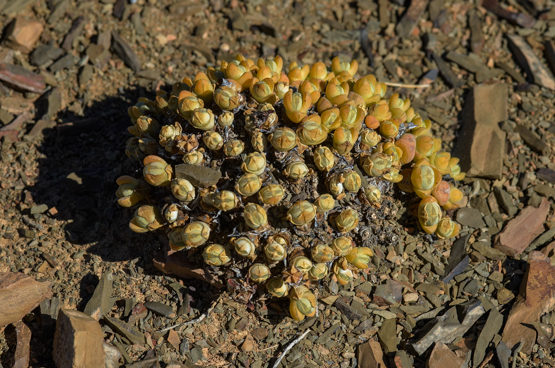Like other names, a plant name is nothing more than a label, a way to refer to something or somebody, and to distinguish them from others.
Normally the name also gives you some extra information, but it is often unclear whether this is helpful or not. Let’s look at a few examples of this.
When you know that the Latin word pumilus means dwarf and you see that word as part of a plant name, you will expect that plant to be small, right? Well, yes …usually. There is a small plant in the Mesemb family called Antimima pumila. This is indeed a small plant, but so are most other Antimimas. The name only makes sense when you know that the plant used to belong in the genus Ruschia, where most plants are a lot bigger.
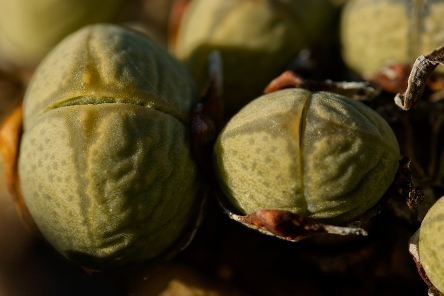
There are worse cases however. While on the topic of small members of a group, what about Haworthia minima and H. pumila? They must be among the smallest of Haworthias, one would think. But no, they are about the biggest. Very confusing, until you find out that these species first were considered to be Aloes and as such they were dwarfs of course.
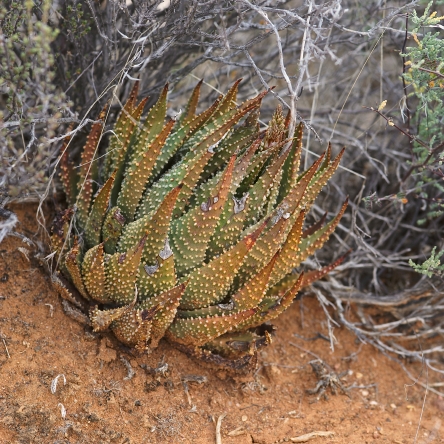
Haw. pumila
There are many more examples of peculiar and confusing names, often as the result of transferring species from one genus to the other. What about Glottiphyllum linguiforme?

Glottis is Greek for tongue, phyllum comes from the same language and means leaf; lingua is Latin for tongue and forme means what you think it means. As long as the species was part of the super genus Mesembryanthemum the name was nice and descriptive, but nowadays it is more funny than anything else.
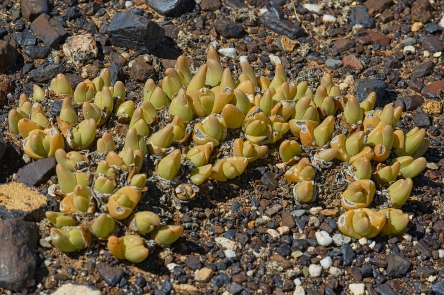
A similar case is Gibbaeum gibbosum, where both parts of the name refer to the Latin word for hump (gibba).
In several cases plants get their names from the geographical area where they were first found (Fockea capensis, Pachypodium namaquanum,) but is is a bit of an awkward practice. Sometimes the plant is later found to have a much wider distribution then thought at first (Aloe angolensis also occurs in Botswana, Namibia and Zambia, Avonia rhodesica is found not only in Zimbabwe- the former Southern Rhodesia- but also in South Africa and Botswana; etc.). The type material of Aloe littoralis was collected from a coastal area (near Luanda, Angola) and takes its name from that habitat. The distribution is now known to stretch right across the continent, so the name is rather misleading.
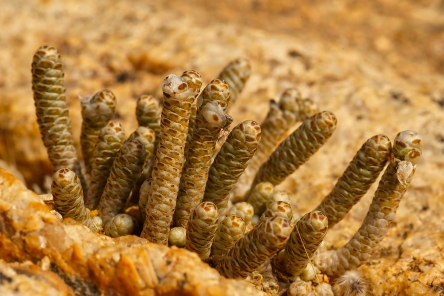
Avonia albissima is by no means the whitest species in the genus as the name implies.
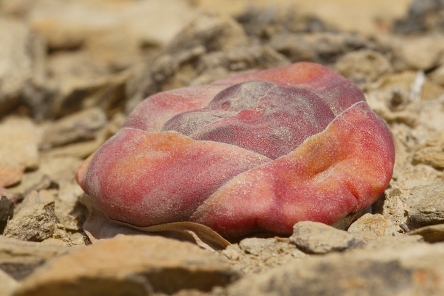
Crassula columnaris is usually anything but columnar.
A lot of plants have been named after people. Often this is the person who first found it (Tylecodon nolteei, Caralluma denboefii), which makes some sense, but sometimes the connection between plant and person is less obvious.
I remember the story of the Dutch horticulturalist J. A. Janse who was writing a book on succulents plants named after persons. Many of these names are of course well known, but after sifting through the literature he ended with a list of names that did not mean a thing to him.
One of the authors he approached for information was a distinguished French botanist who had described a couple of Kalanchoes from Madagascar.
After some time the botanist’s widow sent him a rather tart reply to his letter, in which she informed him that her husband has recently died and that the reason why nothing was known about these names, was that the ladies to which they referred had nothing to do with their namesakes, apart from the fact that at some stage they had been been her husband’s mistress.
The above should not lure you into thinking that the naming of plants is not a serious matter. It is, but to my mind a somewhat light-hearted approach to things can often make them just that little bit more interesting.
